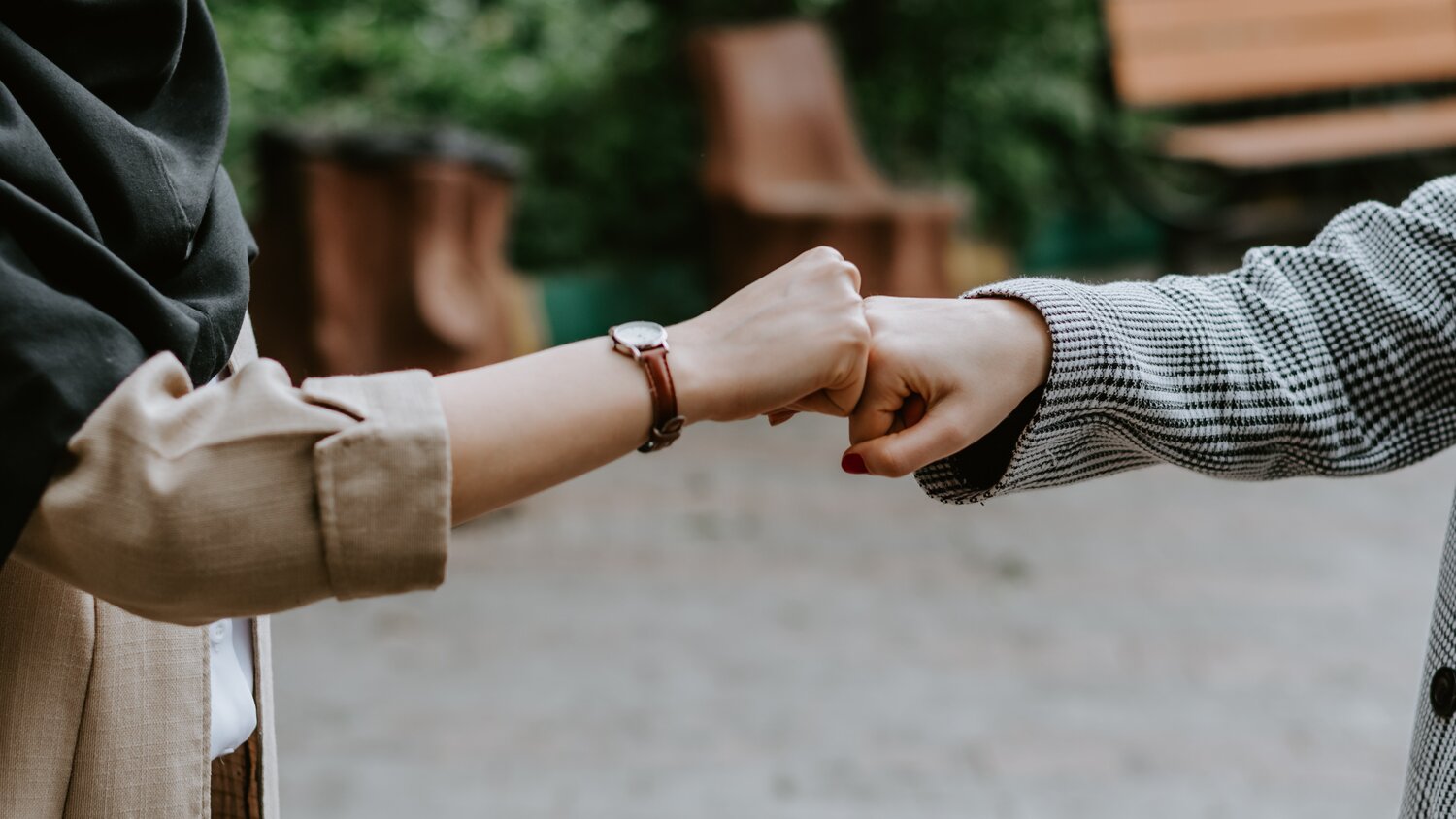
This blog was originally published by Nicole Kohut on Smarta’s Blog.
When you were living on your college campus, you may have found the presence of your university looming over your living space. Campus security may have made it difficult for you to invite friends over, and the janitors’ schedule could have clashed with your beauty sleep. Moving off-campus can alleviate a lot of these overbearing issues, but in order to make sure things go smoothly it’s important to create a positive relationship with your new landlord.
We did research and spoke with tenants and landlords who have had their share of good and bad relationships in order to understand the biggest issues that occur and the best solutions for them. Here are five tips for cultivating a more productive relationship with your landlord.
1. Set expectations
Before you sign that lease, get to know your landlord a bit. Oftentimes, the person helping you get your new apartment is not your landlord; in fact, you may never speak with them again. Figure out if your landlord lives in the building, which form of communication they prefer, and what they are actually meant to provide for you. That way, you won’t be surprised when they don’t answer your call, or aren’t legally required to handle a specific situation.
2. Stick to one line of communication
A frequent complaint from property managers and tenants alike is that there is a large gap in communication. According to a landlord we spoke to in NYC, a major cause for this problem is that tenants won’t establish their relationship via one form of communication, using email, text, and call to get the attention of landlords. This makes it extremely difficult for landlords to keep a thorough account of who’s who since, in general, landlords handle multiple buildings and multiple tenants.
3. Maintenance (on your own)
Both the landlord and tenant are responsible for ensuring the quality and safety of the space at all times. That means tenants don’t abuse facilities just to call their landlords to fix it, and landlords keep up the state of the entire building so tenants aren’t negatively affected. When a tenant moves in, it’s important for a landlord to go over the basics of maintenance in order to avoid grandiose emergencies and clarify the limitations of their role.
4. Develop a community
This tip is geared more towards the landlords. Cultivating a sense of community through resident events and gatherings is a great way to develop a stronger relationship with your tenants. It will not only help you familiarize yourself with your tenants, but it creates a deeper level of respect and trust between you and them.
5. Document everything
It would be naive to assume that, even in the best landlord-tenant relationships, there are no bumps in the road. For a quick turn around, both the landlord and tenant should keep a file of every correspondence. That means every paper signed, text sent, and complaint issued. That way, it won’t be a game of ‘he said, she said,’ making it easier to reach a resolution.
These are just a few but very easy ways to establish a healthier landlord-tenant relationship. Clearly, most of the work has to be done in the beginning. For the landlord, it’s important to get to know the people moving into your building; for the tenant, it’s essential to ensure that your landlord meets your communication needs. Essentially, it’s like finding the perfect match. And, once you do, maintaining that relationship is key.

Meet the Author
Nicole Kohut is a junior at Columbia University studying English Literature. She is passionate about the intersections that lie within gender, art, and education. She has spent her undergraduate career working with startups and multimedia production companies and hopes to pursue a career in law and entertainment.